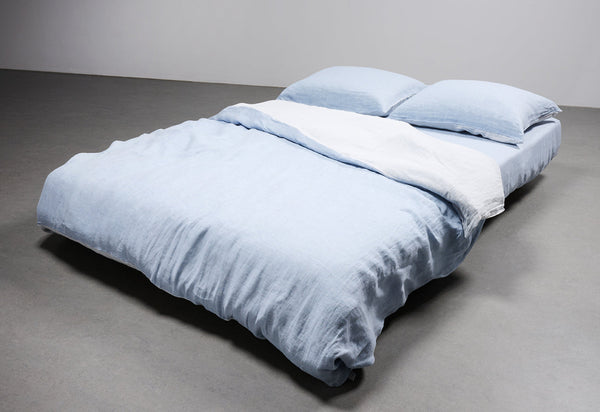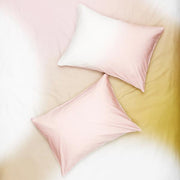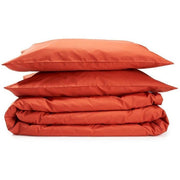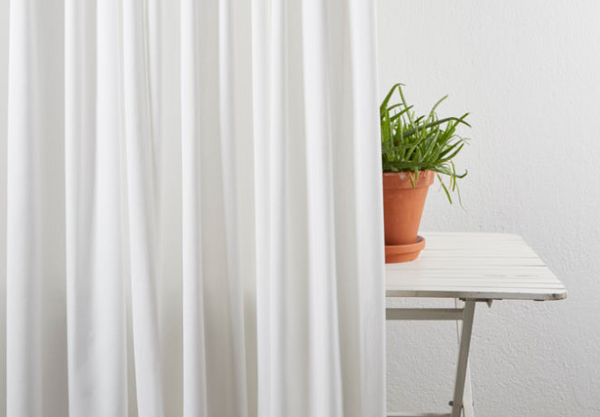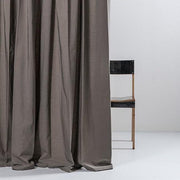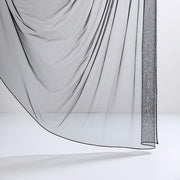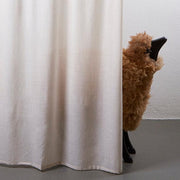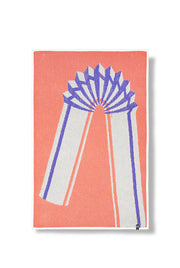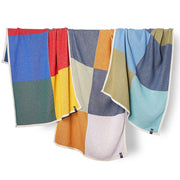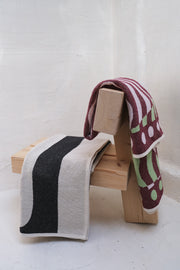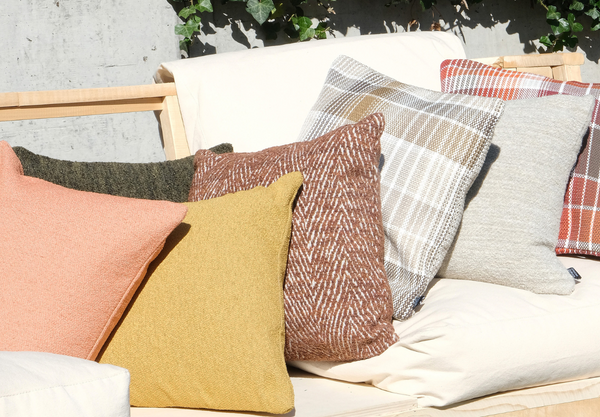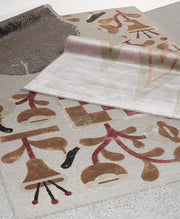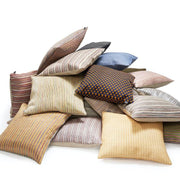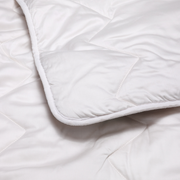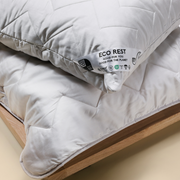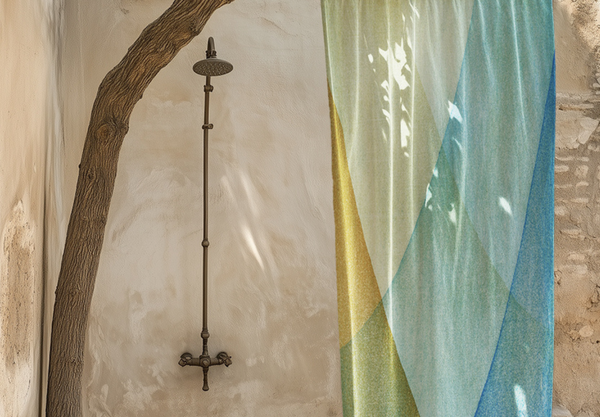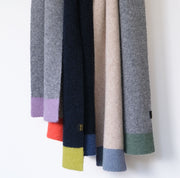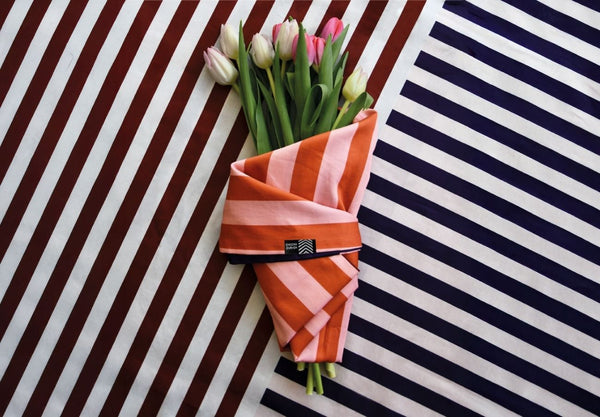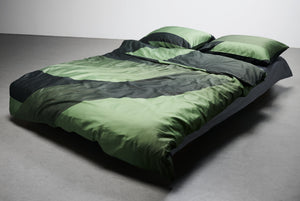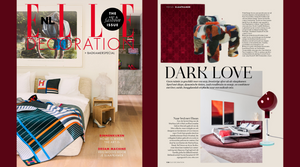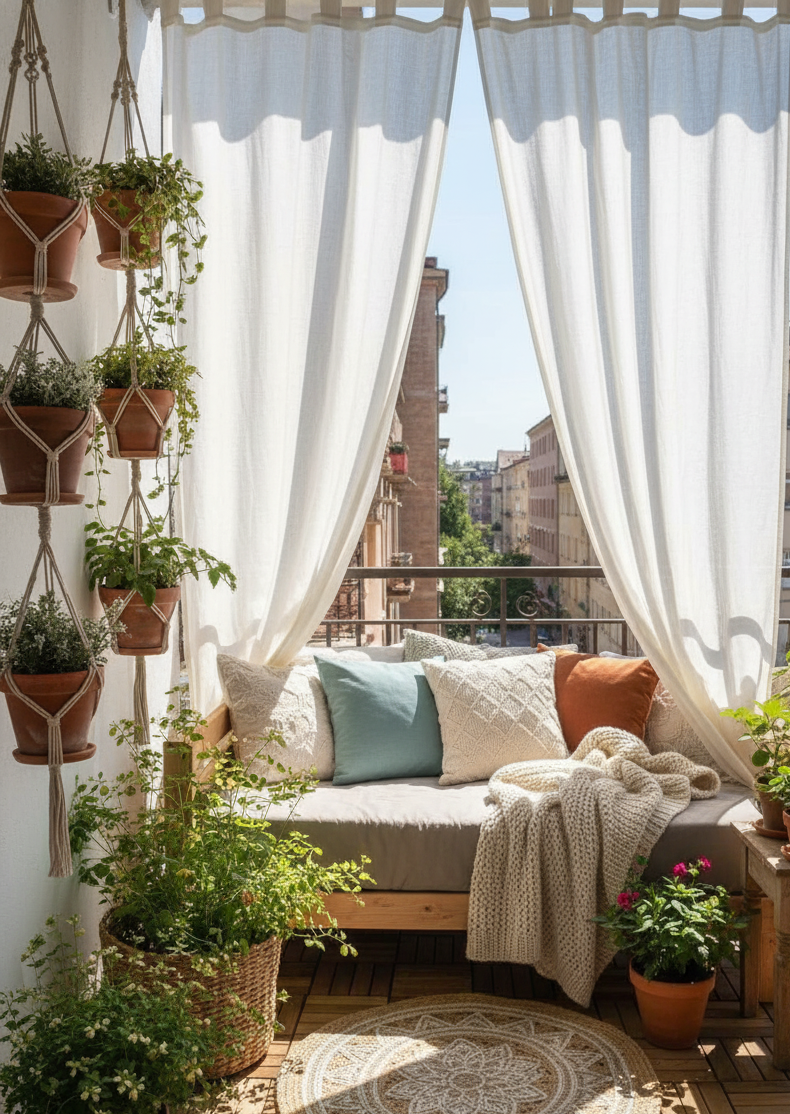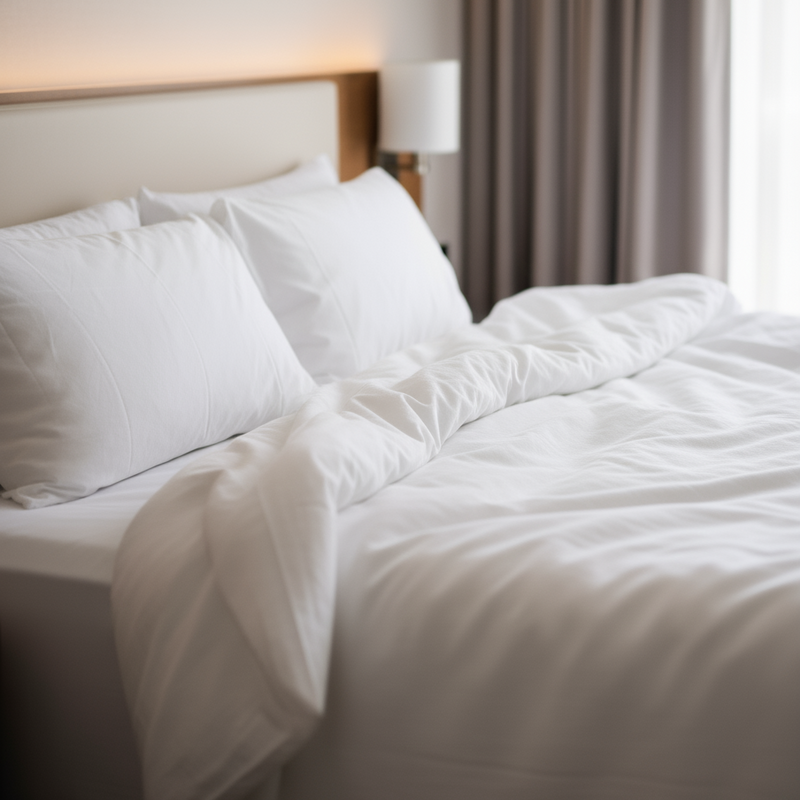Seeking a high-quality wool scarf to keep you warm during winter? When it comes to wool, there are two natural fibers that are often considered to be the best: cashmere and merino wool. Both are luxurious and born from nature, yet each tells a different story through texture, warmth, and feel.
But how do you decide what’s best for you? Understanding the differences between cashmere and merino wool helps you find more than just a winter essential, but also about choosing a material that reflects your own way of living.
This guide provides a direct comparison of texture, performance, and long-term value to help you make the most informed decision.
At a Glance: Cashmere and Merino Wool Compared
|
Feature |
Cashmere Wool |
Merino Wool |
|
Source |
Undercoat of the Cashmere goat |
Fleece of the Merino sheep |
|
Softness (Microns) |
Ultra-fine (14–19 microns), featherlight, luxuriously soft |
Fine (17–24 microns), smooth yet more structured |
|
Warmth |
Exceptional warmth-to-weight ratio |
Very warm, excellent temperature regulation |
|
Durability |
More delicate, may pill with wear |
Highly elastic, retains shape and finish |
|
Price |
Higher due to rarity and production |
More accessible, wider price range |
|
Care |
Hand wash or dry clean recommended |
Machine washable on gentle cycles |
|
Best For |
Unparalleled softness and lightweight warmth |
Versatility, durability, and performance |
1. The Feel: Softness, Texture, and Touch
When you come across a truly high-quality scarf, the first thing you’ll notice is the texture. Cashmere and merino may both come from nature, but the moment you feel them, you sense their differences immediately.
Cashmere Texture

Cashmere comes from the undercoat of goats, and its fibres are incredibly fine, typically under 19 microns. That fineness is what gives cashmere its almost sheer softness. It flows smoothly over your skin, with a gentle warmth that doesn’t feel heavy.
Merino Wool Texture

Merino wool is also remarkably soft, with fine Merino fibres typically measuring between 18 and 24 microns, while ultrafine Merino can be as delicate as 11 to 15 microns. Because of this, Merino wool has a soft, plush quality that still has more structure and resilience.
It is very comfortable against the skin and brings a more grounded woollen feel than cashmere’s light texture.
2. Warmth and Insulation
The warmth of a wool scarf depends on how well the fibres trap air, since that trapped air acts as natural insulation that keeps you comfortable in the cold.
Cashmere
Cashmere fibres have an exceptionally fine structure that creates more loft, allowing them to hold more air for their weight. This is why a light cashmere scarf can feel surprisingly warm.
Studies often show that cashmere can be several times warmer than regular sheep’s wool, offering gentle heat without bulk.
Merino Wool
Merino wool also provides excellent insulation. Its natural crimp, or waviness, forms tiny air pockets that hold warmth while still letting the skin breathe.
It may not match cashmere’s warmth-to-weight ratio, but it performs reliably in cold conditions and manages moisture well, keeping you dry and comfortable throughout the day.
3. Durability and Long-Term Value
If you view a wool scarf as an investment, how it holds up over time matters just as much as how it feels on the skin.
Merino Wool Durability
Merino wool has naturally longer and more elastic fibres, which make it strong, springy, and resistant to stretching. A merino scarf can handle daily wear, travel, and the gentle friction of regular use without losing its shape.
Cashmere
Cashmere, on the other hand, has shorter, more delicate fibres. It feels softer but is more prone to pilling and surface wear. With mindful care and proper storage, though, a cashmere scarf can stay beautiful for many years.
-
Merino wool fibers are longer and more elastic, giving them greater resilience to stretching and daily wear. A merino scarf is often better suited for frequent use, travel, and situations where it might face more friction.
-
Cashmere fibers are shorter and more delicate, making them more susceptible to pilling and abrasion. While pilling can be managed, a cashmere scarf typically requires more careful handling to maintain its appearance over time.
Thinking in terms of “cost per wear” helps put value in perspective. A durable merino scarf often makes sense for everyday use, while a cashmere piece reserved for special occasions offers its own rewards through exceptional softness, lightweight warmth, and timeless elegance.
4. Care and Maintenance for Fine Wool
Both cashmere and merino wool need gentle care to stay soft and beautiful over time. Hand washing with a mild wool detergent is usually the best approach, as it cleans without removing the fibres’ natural lanolin. Dry cleaning, while convenient, can sometimes leave the fabric less supple.
If you want to keep your scarf in its best condition for years, follow a detailed care routine. You can find step-by-step guidance in our dedicated guide on how to care for fine wool scarves.
5. Production, Scarcity, and Ethical Considerations
Aside from their feel and texture, cashmere and Merino wool also differ in how they’re made. This is where their value begins to diverge.
The difference in price between the two materials starts with their production. Cashmere is far rarer, as it takes the yearly fleece of around four goats to make one large scarf, while a single Merino sheep can provide enough wool for several.
This scarcity has an environmental cost. Growing global demand for cashmere has increased goat populations, putting pressure on grasslands in their native regions. That’s why choosing cashmere consciously matters. When treated with care, a well-made cashmere scarf can last for decades.
Merino wool, on the other hand, is more renewable and supported by certifications such as the Responsible Wool Standard (RWS), which promotes animal welfare and sustainable land use.
More people are now taking these factors into account, choosing materials not only for their feel and beauty but also for the way they are made.
Which scarf is the right choice?
Ultimately, your ideal scarf depends on how you live.
Cashmere is a wonderful choice for colder weather or when you want something soft and lightweight with a refined charm. With proper care, it will stay beautiful for many seasons.
If you prefer something more practical, Merino wool is a great option. It is durable, breathable, suitable for everyday use, and can be more sustainable when ethically produced.
At ZigZagZurich, every piece is made responsibly, from traceable yarns to certified sustainable mills in Italy. We source and produce within 500 km wherever possible, using OEKO-TEX® certified fabrics and the Responsible Wool Standard (RWS) to ensure ethical, eco-friendly craftsmanship.
Find your perfect match in our wool scarf collection, lovingly made, honestly produced!
Frequently asked questions
Is cashmere itchy?
Not when it’s high quality. Premium cashmere (with fibers under 19 microns) feels smooth and soft against the skin. Itchiness usually comes from coarser wool types. Ultrafine merino wool is also naturally gentle and non-irritating.
Which material is better for travel?
Merino wool is ideal for travel. It’s durable, wrinkle-resistant, and regulates temperature while resisting odor, which means it can stay fresh over multiple wears.
Why does cashmere pill more easily?
Because its fibers are finer and shorter, cashmere may form small surface pills over time. This isn’t a flaw, but a normal sign of softness and natural fiber movement. With gentle care and occasional de-pilling, it can maintain its beauty for years.
